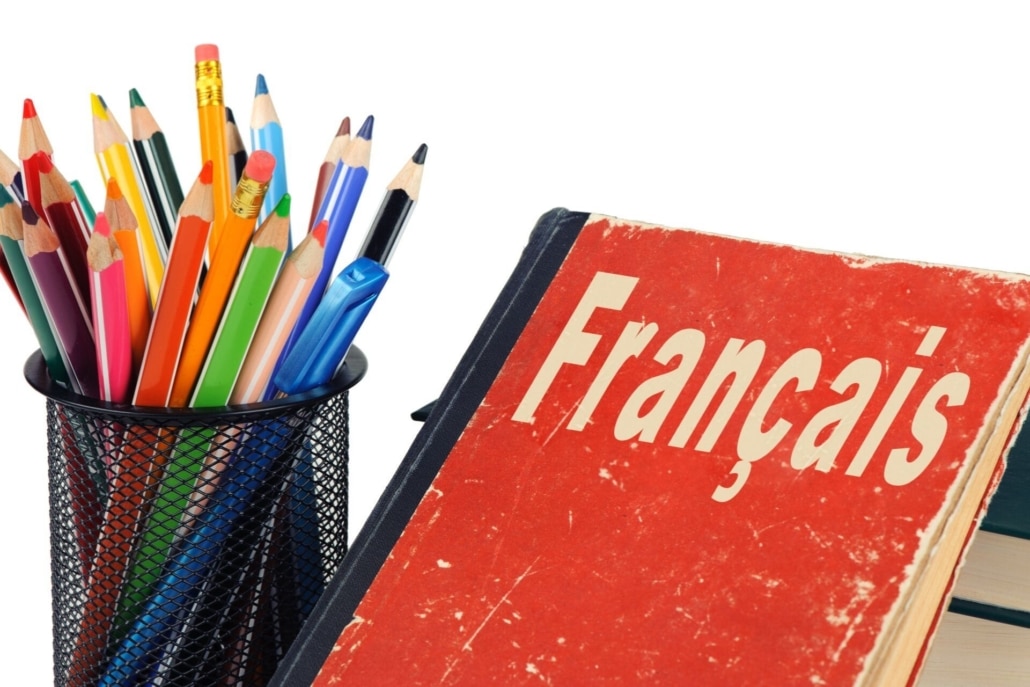Learning disabilities, Coaching for children
How to understand dyslexics ?

As the mother of two multi-dys children, I experienced the problem from the inside. My mission was to support them by developing effective solutions.
Being dyslexic is a suffering that only a “dys” person can really understand. It is a suffering that also extends to the family and entourage because there is a lot of misunderstanding and feelings of injustice.
Dysfunctional disorders have existed since the dawn of time. It’s no longer a secret.
How many famous characters have proved to be “DYS”: Leonardo da Vinci, Michelangelo, Galileo, Louis Pasteur, Albert Einstein, Mohammed Ali, Winston Churchill, Steven Spielberg, John Lennon, John F. Kennedy, Picasso, Walt Disney, Steve Jobs and Bill Gates…
Is it not surprising to find writers, scientists, presidents, entrepreneurs and artists who have left their mark on humanity?
How did they manage to overcome their “dys” disorders and surpass themselves at times when there were no educational structures to support them ?
How many of them were considered as dunces at school ?
And despite this, they have been able to develop, by themselves, compensatory strategies that have enabled them to overcome their dysfunctions and also to develop their potential.
All this is reassuring because it means that there are solutions and that these solutions are within them. This is why, despite years of intensive support, some adult “dys” continue to suffer from their disorders. They have not found all the solutions that suit them.
The brain of a “dys” would be like pieces of puzzles scattered all over the place. They can’t make the links and find the right locations for each part. The objective is to retrieve each part in a precise order and put it in the right place at the right time.
Place each piece at a pace chosen by the “dys” person without time or learning pressure constraints.
Once all the parts have been placed in a structured, logical and thoughtful manner,
the puzzle is over. The dyslexic person has managed to understand all the connections between the different elements.
It is complex to understand a person with these “dys” disorders because they often cannot understand why they do not function like others. It is an opportunity and a gift of which she is unaware.
The fact that she must always find techniques to get out of it propels her to a higher level.
Dyslexics” are often creative people and great thinkers. They go further in the analysis and search for solutions. They are pearls to cherish in our society because they will bring a positive impulse and renewal in the dynamics.
At Benk, we have understood that people with “dys” disorders have above-average intelligence. Despite this, they do not know how to use this intelligence, they are blocked by a school system that keeps them in a mould and an apprenticeship program that does not suit them.
They move at their own pace and understand in their own way. We can’t put them in molds. They need a pedagogy adapted to their own difficulties and especially time. A precious time that today’s society offers less and less.
Through targeted and appropriate learning techniques linked to the difficulties specific to each individual, we develop with our “dys” students solutions that suit them in order to anchor the information in a sustainable way.
